Introduction
The canning and bottling sector is essential to the busy world of food and beverage manufacturing because it preserves and gets our favorite items onto shop shelves. This piece aims to illuminate some of the lesser-known facets of the canning and bottling business by guiding you through its intricate workings. So have a seat as we delve into the intriguing yet incomplete world that exists behind the scenes.
Table of Contents
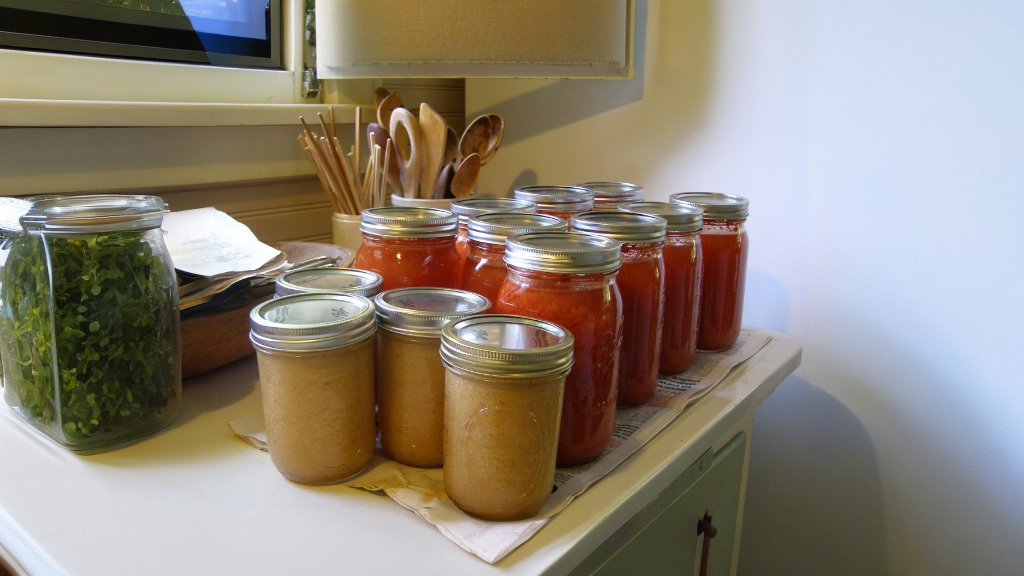
Comprehending the Partial Dynamics
The canning and bottling business is a huge ecosystem that uses a variety of technologies and techniques to package a broad range of goods safely and effectively. The business that produces canned fruits and vegetables and bottled drinks is essential for giving customers convenience and prolonging the shelf life of perishable commodities.
Some Understanding of the Canning Process
Food is preserved by the process of canning, which involves sealing it in airtight jars or cans and boiling it to kill any microbes that may cause spoiling. The meal must first be prepared, then it must be sealed in a container and heated. There are other important processes in this procedure. The product’s durability is guaranteed by the sealed container, which keeps out air and microbes.
The canning process’s partial dependence on heat for preservation is one noteworthy feature. To kill bacteria, yeasts, and molds, heat treatment—which is often accomplished using techniques like water bath canning or pressure canning—is necessary. The safety and shelf life of canned foods are significantly impacted by this partial dependence on heat.
Partial Perspective on Bottling Insights
Contrarily, bottling entails the packaging of liquids, such as juices, water, sauces, and condiments. The bottling process is intended to provide customers convenience while preserving the freshness and quality of the liquid items. Although bottling and canning are comparable processes, bottling has unique problems and answers.
Choosing suitable packaging materials is one aspect of the bottling process that receives partial attention. Two materials that are often utilized are glass and plastic, both having benefits and things to keep in mind. The flavor and quality of the contents are preserved by the impermeable and inert barrier that glass offers. Contrarily, plastic is lightweight and shatterproof, which improves convenience and lowers transportation expenses.
Examining Current Patterns and Difficulties in the Canning and Bottling Sector
Going beyond the fundamentals is essential if you want to understand the changing trends and issues that influence the canning and bottling business. Let’s examine more closely at what is now reshaping the world, from environmental issues to technology breakthroughs.
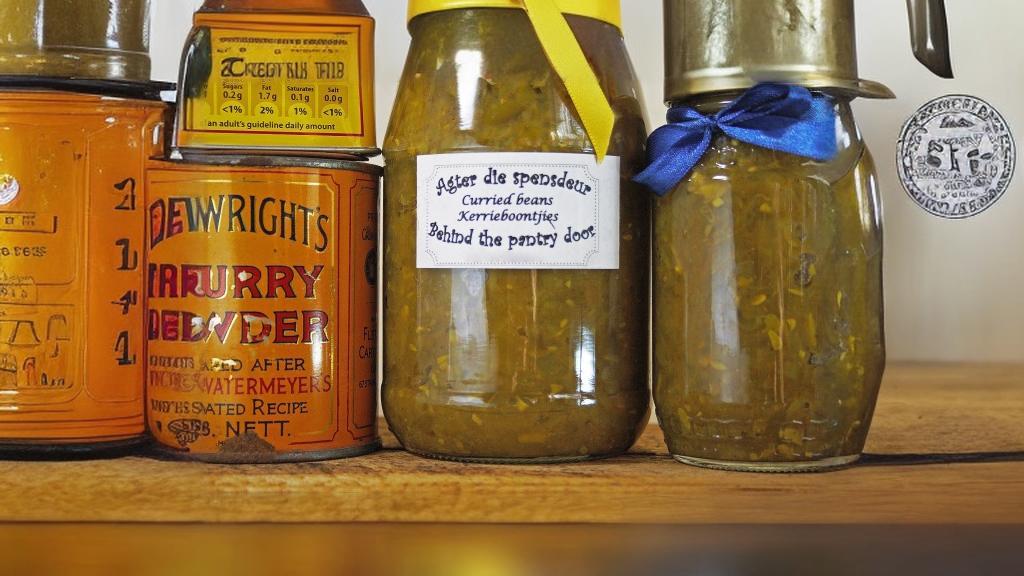
Developments in Technology
Increased automation and robots are being used in the canning and bottling processes, which represents a partial change in the sector. throughout addition to increasing productivity, this also solves manpower scarcity issues and guarantees accuracy throughout the manufacturing process.
Advanced Sterilization Methods
A partial movement toward more sophisticated sterilization methods is seen as customer demand for minimally processed foods increase. These methods, which include high-pressure processing, are designed to maintain the goods’ nutritional value without compromising their safety.
Intelligent Packaging
Technological advancements in intelligent packaging are contributing to improving the customer experience. These innovations are altering how customers engage with canned and bottled goods, from temperature-sensitive labels that indicate freshness to QR codes for product traceability.
Sustainability and Environmental Issues
Reducing Packaging Waste: The environmental effect of packaging waste is one of the industry’s major challenges. A few of the partial remedies are to lightweight materials, support recycling programs, and look into more environmentally friendly packaging choices.
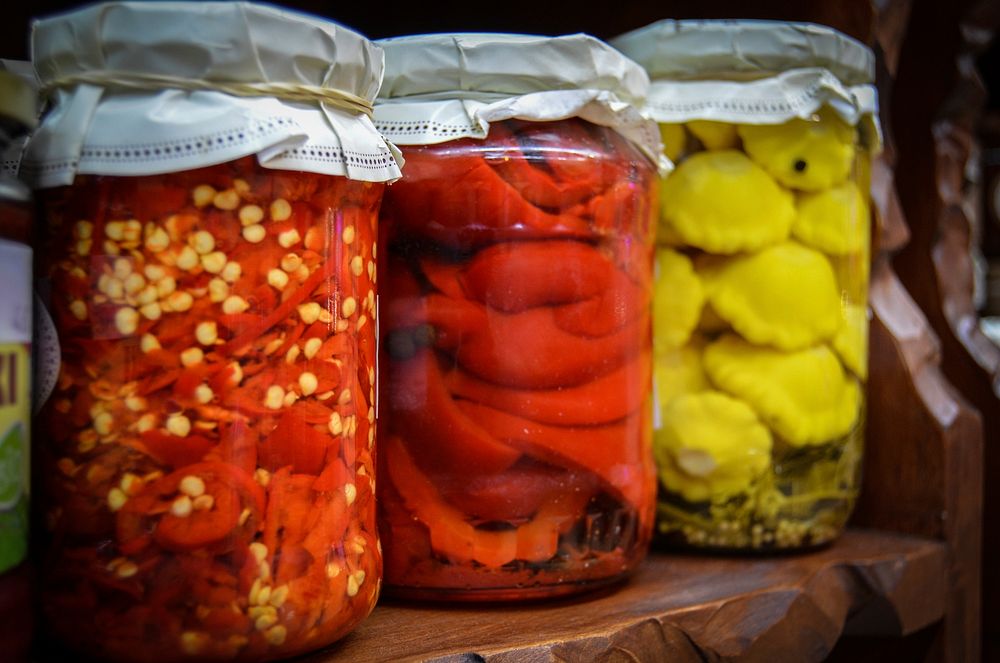
Energy Efficiency
Production and sterilizing use a significant amount of energy throughout the canning and bottling operations. There are initiatives in place to reduce the carbon footprint connected to these activities by using either full or partial renewable energy sources.
Initiatives for a Circular Economy
A number of businesses are investigating ideas for a circular economy in which resources are recycled and reused within closed systems. Minimizing the exploitation of fresh resources and lowering the total environmental effect are the goals of this partial move towards circularity.
Dynamics of Global Markets
Health Trends and Consumer tastes: Shifting consumer tastes have a big impact on the canning and bottling industries. A partial movement in consumer preferences toward healthier and more environmentally friendly options is forcing businesses to modify their product lines and manufacturing processes.
Supply Chain Difficulties: The COVID-19 pandemic and other worldwide calamities have brought attention to the supply chain’s weaknesses. Increased resilience via local sourcing, careful inventory management, and adaptable manufacturing procedures are some partial answers.
The sector is being shaped by the strict rules pertaining to food safety, labeling, and environmental effect. To guarantee compliance and preserve customer confidence, businesses must remain up to date on any partial changes to legislation.
Future Prospects for Bottling and Canning
Technology breakthroughs, environmental concerns, and shifting customer tastes are all pushing innovation in the canning and bottling sector, which is always evolving. Future trends indicate that consumer-centric methods, environmental practices, and intelligent technology will become more and more important.
The path these sectors follow is influenced by the decisions we make as customers. Through maintaining awareness of incremental advancements and endorsing businesses dedicated to moral and environmentally sound operations, we help to positively alter the canning and bottling industry. Thus, keep in mind that your decisions, whether you grab for the can or bottle, are not just about convenience but also partly a reflection of your beliefs and the environment around you.
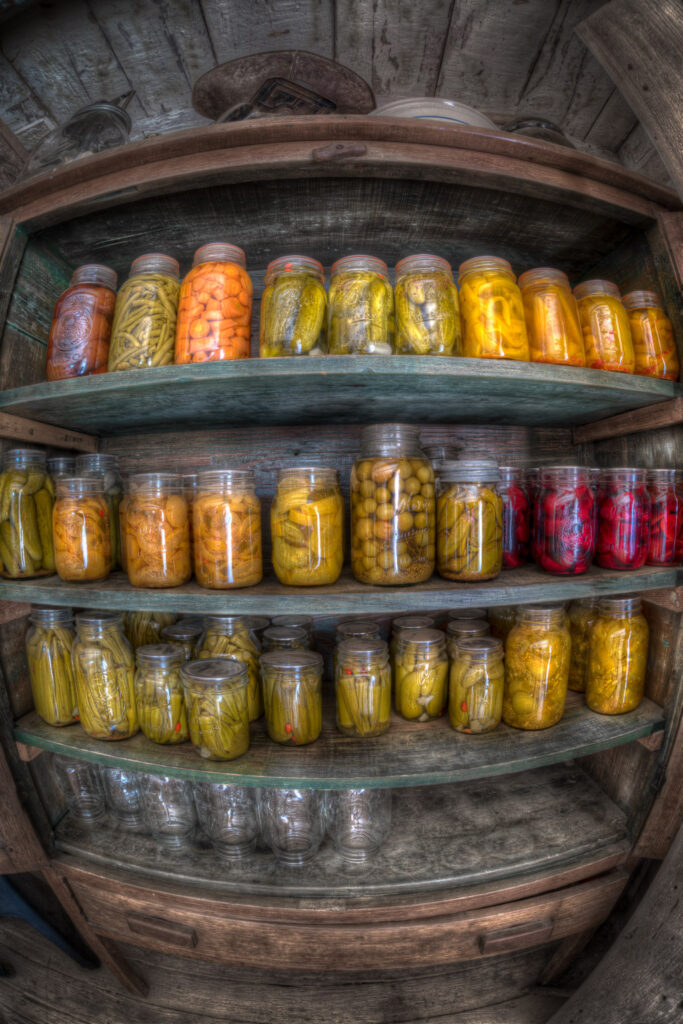
How to Go Through the Future Driven by Consumers
Companies are realizing more and more how important it is to be responsive and transparent in the canning and bottling industry’s consumer-driven future. The way things are made, packed, and displayed is changing in a manner that is both partial and important in empowering consumers.
Personalization & Customization
The market is looking at partial customization options in response to the growing demand from customers for distinctive and customized goods. Customized labeling and ingredient selection are only two examples of how this trend is influencing how goods are packaged and delivered to customers in the future.
E-commerce Integration
The exponential expansion of e-commerce has revolutionized the way customers may access a vast array of items conveniently. By improving packaging for online sales, the canning and bottling sector is adjusting to this partial transition and guaranteeing that goods get to customers undamaged and in great shape.
Corporate Education
A growing number of corporations are launching instructional programs in response to customers’ growing awareness of the ingredients in food and beverages. Consumers may make educated decisions and confidence is increased when comprehensive information about ingredient sourcing, manufacturing methods, and environmental initiatives is made available.
Meeting International Challenges
The canning and bottling operations need a substantial amount of water, and although some progress has been made toward conservation, more has to be done. Leading the way in sustainable practices are the use of effective water recycling systems and the investigation of partially waterless industrial methods.
Partially moving toward nutritional fortification, the industry is responding to customer requests for healthier products. In order to support the health and wellness movement, this entails adding vitamins, minerals, or other advantageous substances to goods while they are being canned or bottled.
Collaboration on Sustainability
Companies in the canning and bottling sectors are taking part in collaborative initiatives because they recognize the magnitude of environmental concerns. The industry is aggressively pursuing a more sustainable future, whether via industry-wide sustainability projects, alliances with environmental groups, or funding for eco-friendly packaging research.
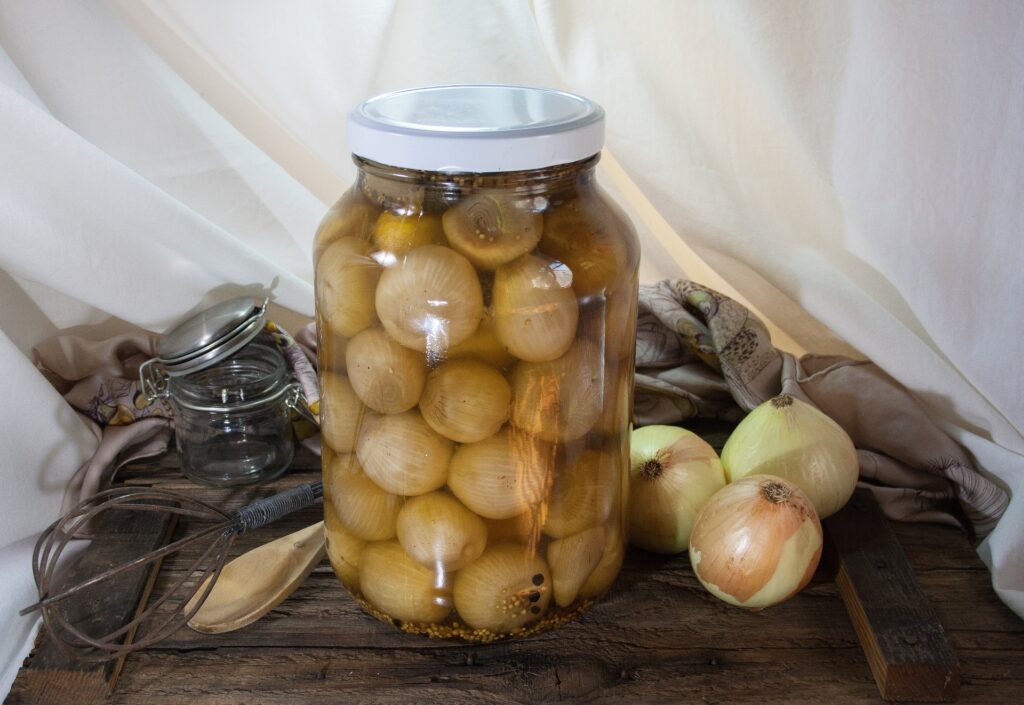
Acknowledging Innovation
Blockchain for Traceability
The supply chain is being partially integrated with blockchain technology to provide traceability, as customers’ demands for transparency in sources grow. Because of this, customers may verify authenticity and ethical sourcing by following the items’ path from raw materials to shop shelves.
The development and use of biodegradable packaging materials is one way that environmental issues are being addressed. The industry is looking at alternatives that reduce the environmental effect of packaging, such as plant-based packaging and bioplastics.
packaging that uses augmented reality (AR) Future developments: packaging using augmented reality is an interesting but yet in its infancy. Through augmented reality elements on product packaging, it enables customers to engage with items in novel ways, offering extra information, entertainment, or even recipes.
FAQs
Is food better preserved by canning or by bottling?
Canning and bottling are two efficient ways to keep food fresh. The kind of product, the intended shelf life, and customer preferences all influence the decision.
Why does the canning process need heat treatment?
Heat treatment is a crucial step in the canning process since it eliminates dangerous germs, guaranteeing the product’s safety and shelf life.
Does using cans and bottles pose an environmental risk?
Although cans and bottles can be recycled, the environmental effect of these materials varies depending on transportation, recycling rates, and material selection. An attempt is being made to improve packaging sustainability.
What new developments are we seeing in the bottling and canning industry?
In an effort to increase productivity and lessen its effect on the environment, the sector is seeing advancements in sterilizing technology, eco-friendly materials, and intelligent packaging.
What role can customers play in the canning and bottling industry’s sustainability?
Recycling packaging materials, selecting items with environmentally friendly packaging, and patronizing businesses that value sustainable practices are all ways that consumers can make a difference.
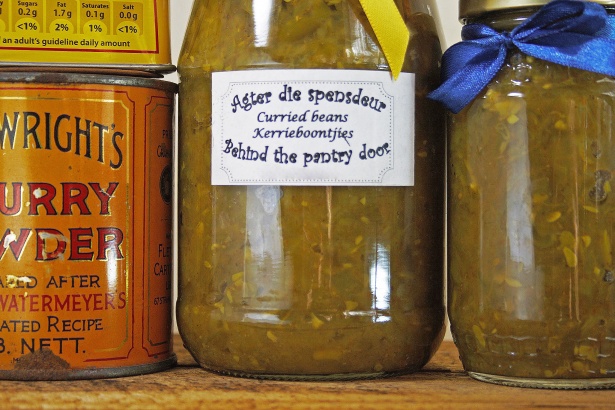
Conclusion
Our examination of the canning and bottling sector is really the tip of the iceberg when it comes to the procedures and factors that go into making your beloved goods available to consumers. Driven by innovation and an increasing awareness of sustainability, these sectors continue to advance from the heat-dependent preservation in canning to the strategic material choices in bottling. Knowing the partial dynamics of these processes as customers helps us to promote a more efficient and sustainable food and beverage business by enabling us to make informed decisions.
Pingback: Best Bottle Packaging Rum: Elevating Spirits to New Heights 1